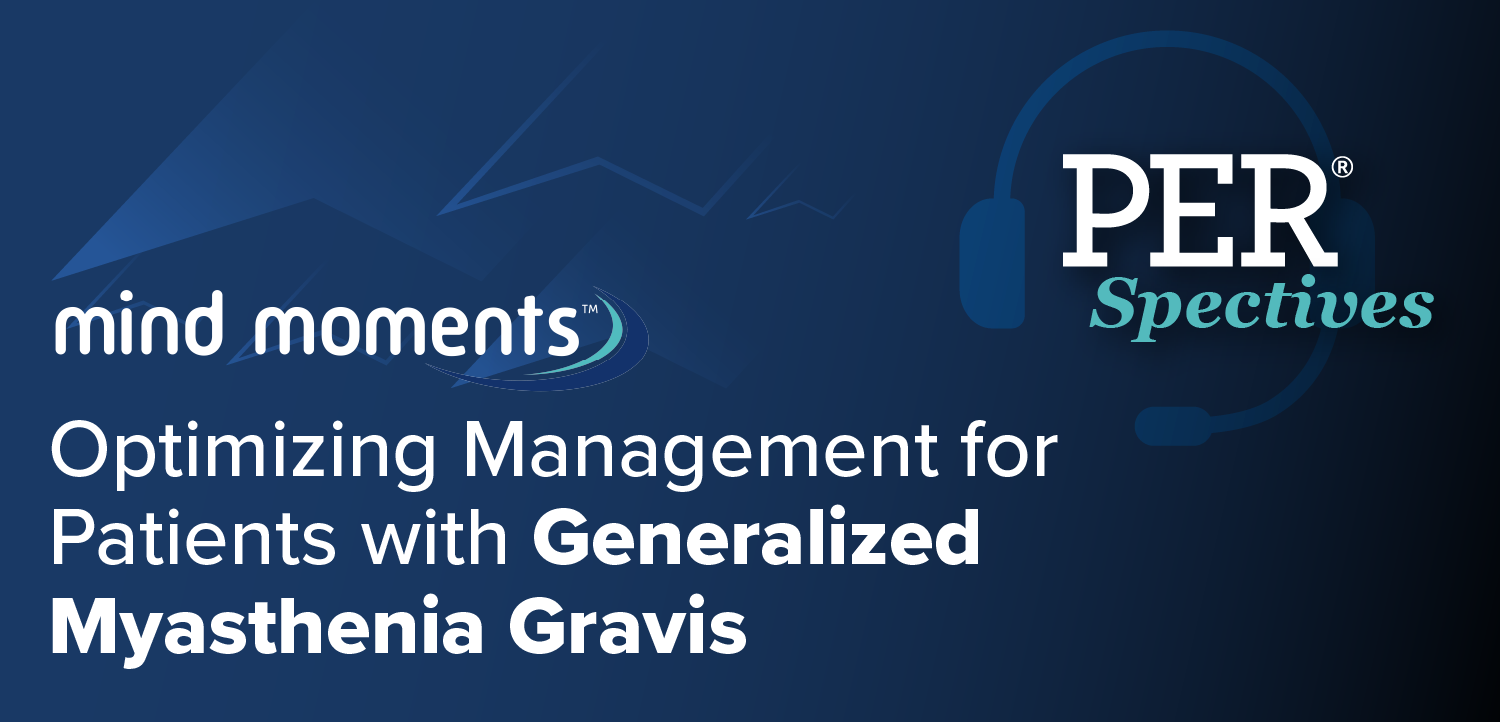
Mechanism and Rationale Behind Imlifidase for Guillain-Barré Syndrome: Elisabeth Sonesson, PhD
The vice president and franchise lead of Autoimmune at Hansa Biopharma discussed the rapid, antibody-cleaving mechanism of imlifidase and its potential to address unmet needs in Guillain-Barré syndrome. [WATCH TIME: 3 minutes]
WATCH TIME: 3 minutes
"This is a fast, targeted therapy that removes the antibodies causing nerve damage—within hours. That could be a real game-changer for patients with GBS."
Guillain-Barré syndrome (GBS) is a rare neurological disorder in which a person’s immune system mistakenly attacks part of their peripheral nervous system–the network of nerves that carries signals from the brain and spinal cord of the rest of the body. This disorder has an increased incidence with age and is more common in males, with a male-to-female ratio of about 1.5:1. Currently, there is no cure for GBS; however, some therapies may reduce its severity and shorten recovery time.
Plasma exchange (PE) and intravenous immunoglobulin therapy (IVIg) are the main go-to treatments for GBS, both considered equally effective if started within 2 weeks of symptom onset. Anti-inflammatory steroid hormones called corticosteroids have been tested in GBS, but clinical trials have shown this treatment is not effective. At the
Imlifidase was studied in a
Following the meeting, NeurologyLive® sat down with Elisabeth Sonesson, PhD, who provided an overview of the agent and its mechanism of action. Sonesson, who serves as VP, Franchise Lead, Autoimmune at Hansa Biopharma, discussed some of the major differences between imlifidase and IVIg, including their onset of action and time to treat. In the interview, Sonesson emphasized that the speed and specificity observed with imlifidase could be especially beneficial in a disease where 25% of patients require mechanical ventilation and many experience prolonged disability.
REFERENCE
1. Attarian S, Magy L, Echaniz-Laguna A, et al. Outcomes in Patients with Severe Guillain-Barré Syndrome Treated with Imlifidase and Standardof-Care Immunoglobulin. Presented at: 2025 PNS Annual Meeting; May 17-20; Edinburgh, Scotland. Abstract O582.
Newsletter
Keep your finger on the pulse of neurology—subscribe to NeurologyLive for expert interviews, new data, and breakthrough treatment updates.




































